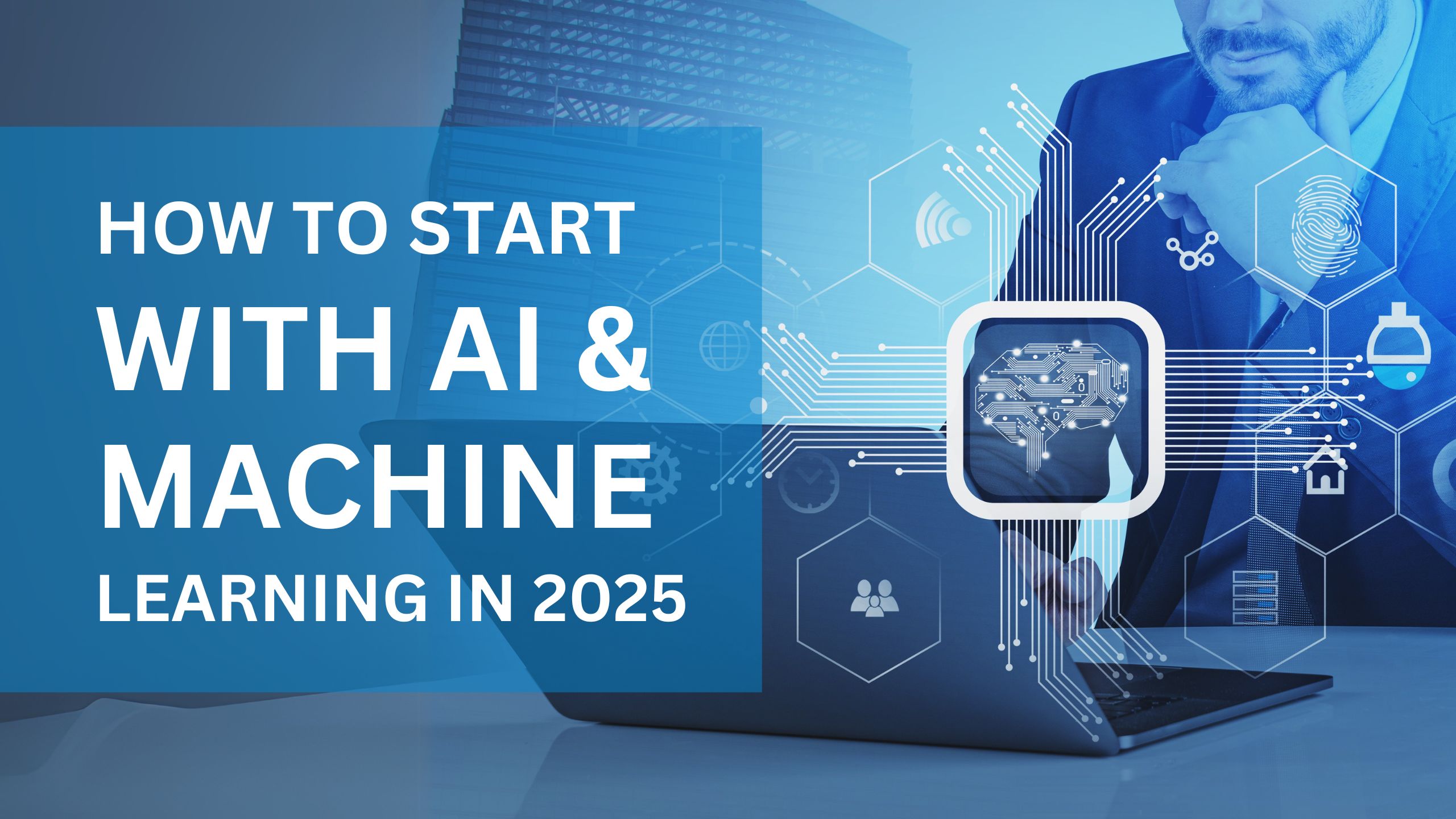
Introduction
Learn AI , Artificial Intelligence (AI) and Machine Learning (ML) are transforming the world, from voice assistants like Siri and Alexa to self-driving cars and advanced healthcare solutions. As we enter 2025, learning AI and ML has become more accessible than ever. Whether you are a student, a working professional, or someone simply curious about Learn AI , this guide will help you get started in a simple and structured way.
Before diving into coding, it is important to understand what AI and ML are.
Some real-life examples of AI include:
AI vs Human Intelligence: Can Machines Ever Think Like Us?
Step 2: Learn AI the Prerequisites
To start with AI and ML, you need to have basic knowledge in the following areas:
Mathematics – Concepts like linear algebra, calculus, probability, and statistics are useful for understanding how AI algorithms work.
Programming – Python is the most popular language for AI and ML because of its simplicity and extensive libraries like Seaborn, TensorFlow, PyTorch, and Scikit-learn.
Data Handling – Since AI relies on data, learning how to work with datasets using Pandas and NumPy is important.
Step 3: Learn Python for AI & ML
Python is the preferred language to Learn AI and ML due to its easy syntax and vast libraries. If you don’t know Python yet, start with basic concepts like:
Once you are comfortable with Python, move on to ML-specific libraries such as:
How Programming Languages Are Powering the Metaverse
Step 4: Understand How Machine Learning Works
Machine Learning involves training models to make predictions based on data. The key steps include:
Step 5: Work on Small AI & ML Projects
The best way to learn AI and ML is by working on real projects. Here are some beginner-friendly project ideas:
How is artificial intelligence relevant to everyday life?
Step 6: Take Online Courses and Tutorials
In 2025, many free and paid resources are available to learn AI & ML. Some popular platforms include:
Step 7: Join AI & ML Communities
Learning AI is easier when you engage with a community. Join AI and ML groups on:
Step 8: Stay Updated & Keep Practicing
AI is an evolving field, and new advancements happen regularly. Stay updated by:
Conclusion
Starting with Learn AI and Machine Learning in 2025 is easier than ever. By learning Python, understanding ML concepts, and working on small projects, you can build a strong foundation. AI is the future, and whether you want to use it for career growth or personal interest, now is the best time to start.